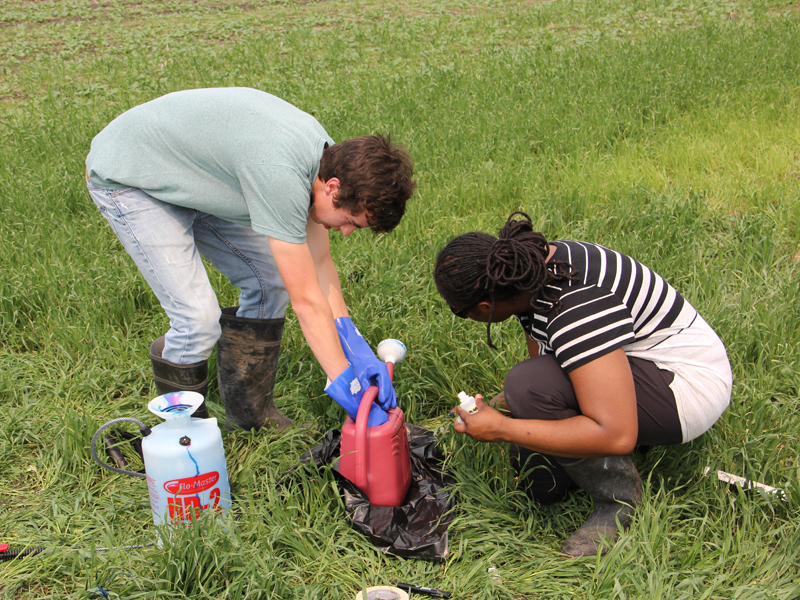Science News
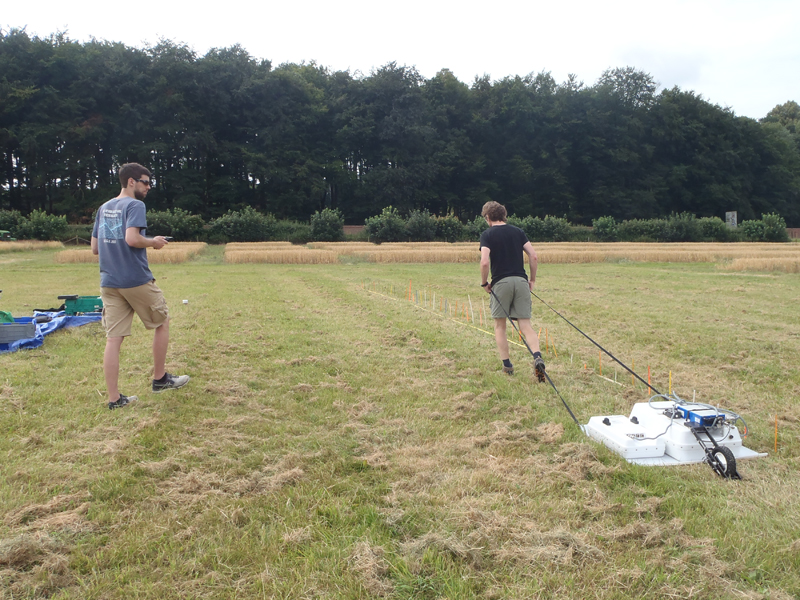
Ground penetrating radar isn’t something from the latest sci-fi movie. It’s actually a tool used by soil scientists to measure the amount of moisture in soil quickly and easily.

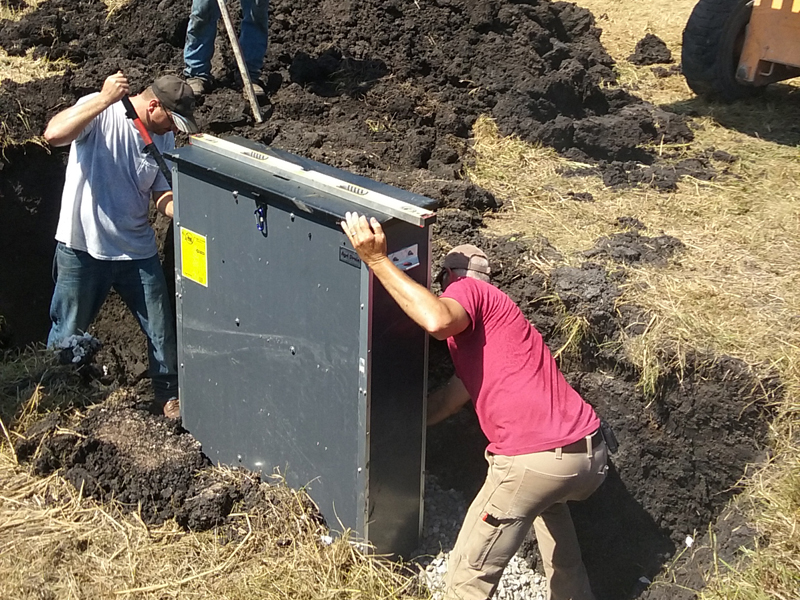
Spring in America’s heartland is often wet. That makes its soil too soft for planting. One solution to that issue is tile drainage. Growers insert a series of pipes (drain tiles) under their fields, which drains water from the soil into nearby streams and lakes.

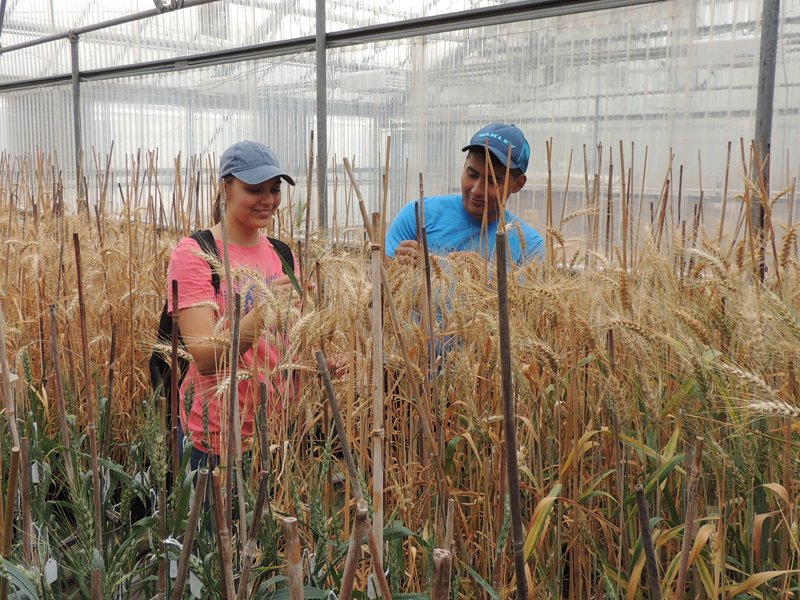
Is biofortification the best thing since sliced bread? Well, biofortified wheat could certainly make it easier to help some humans get proper nutrition.

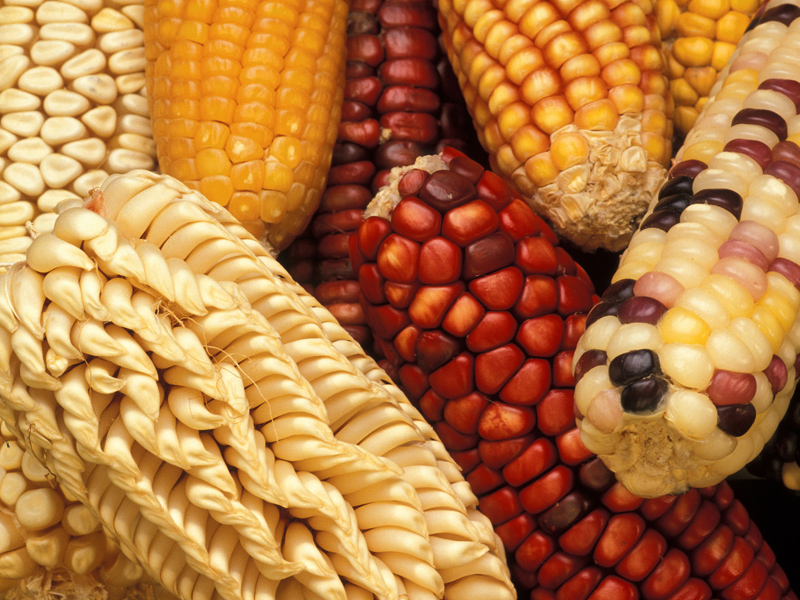
Imagine a gardener, plant explorer, geneticist, and computer specialist all rolled into one job. You might call that person a steward of plant genetic resources.

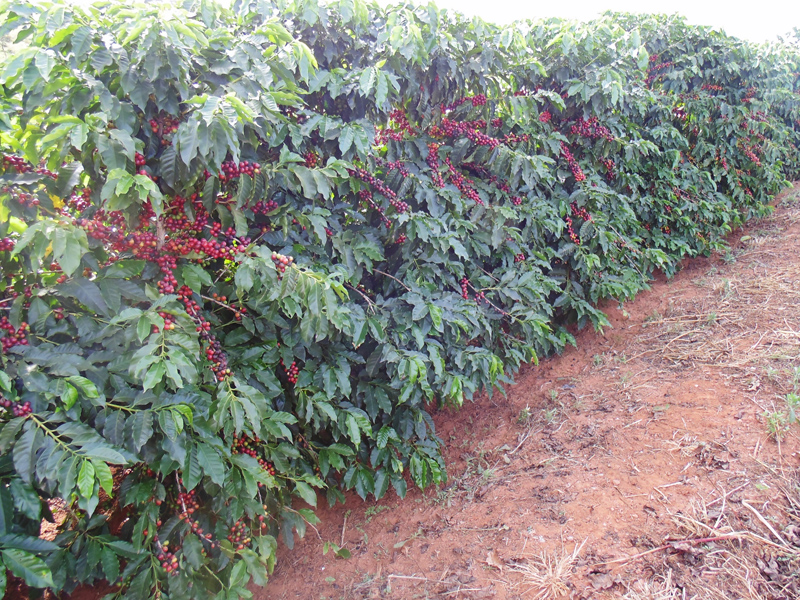
Coffee is one of Brazil’s biggest crops. Brazil’s favorable climate helps coffee beans ripen and be ready for picking during a concentrated period of weeks. This makes mechanical harvesting an economically reasonable choice.

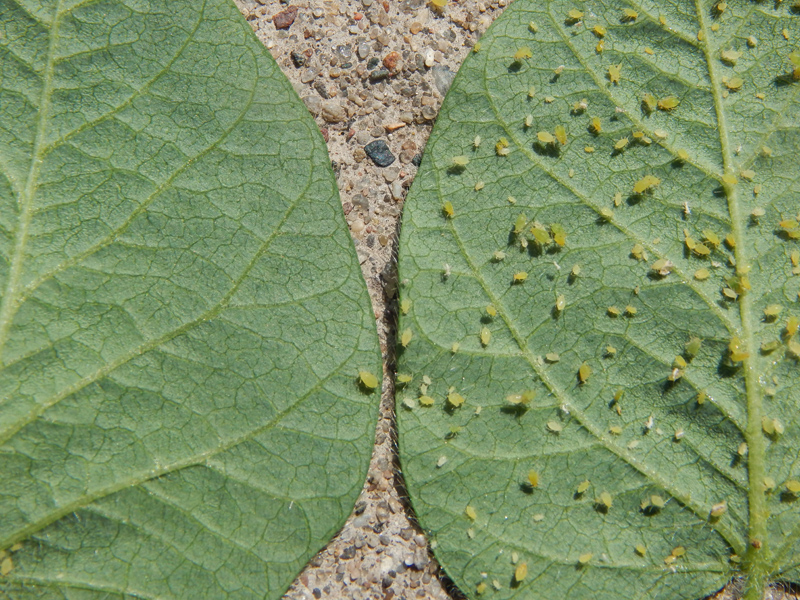
A tiny pest can cause huge losses to soybean farmers.

Several top soybean producing states in the U.S. are in the Upper Midwest. In these states, an insect–the soybean aphid–is a damaging pest. Each year, soybean aphids cause billions of dollars in crop losses.
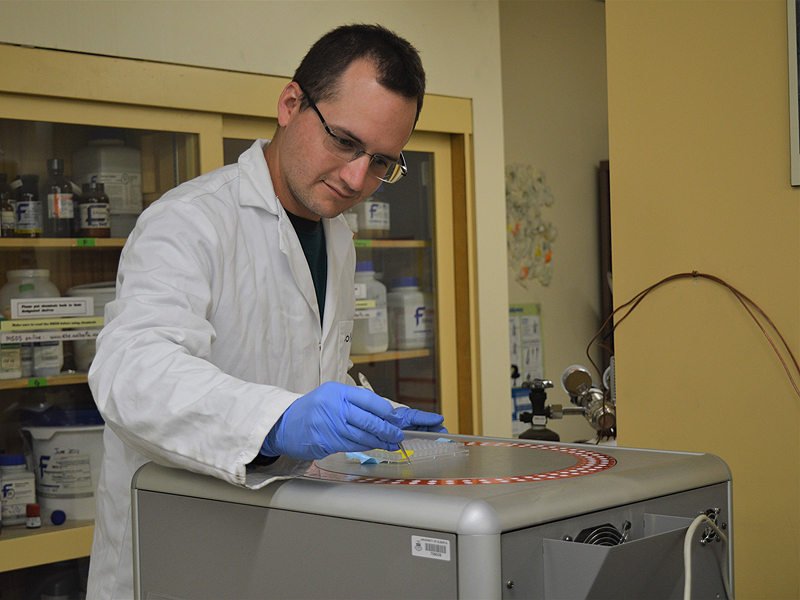
A (wo)man is only as good as his or her tools. In the case of soil scientists, they are only as good as the tools and methods they use. And when it comes to estimating soil organic carbon stocks, new research shows not all tools give the same results.

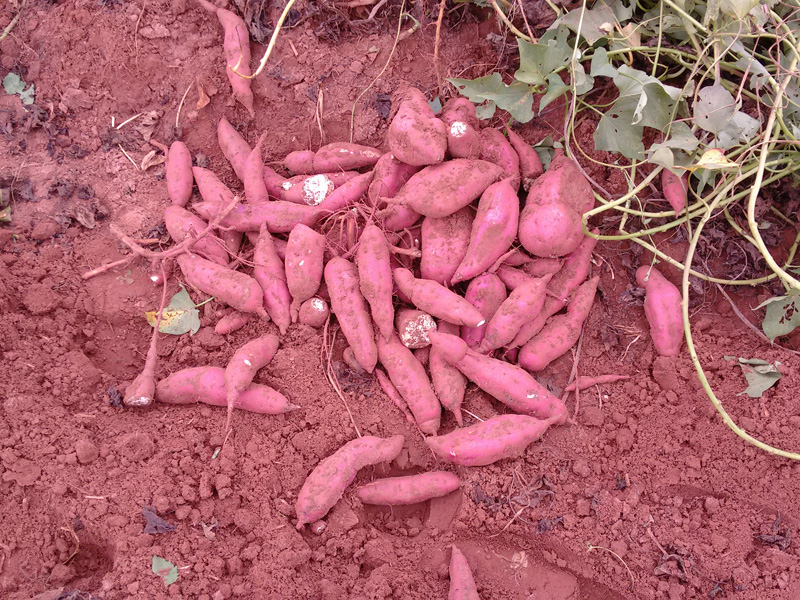
Some relationships can be complicated. Take the one between sweet potato crops and soil nitrogen, for example.

Too little nitrogen and sweet potato plants don’t grow well and have low yields. Too much nitrogen, however, boosts the growth of leaves and branches at the expense of storage roots. That also leads to low yields.
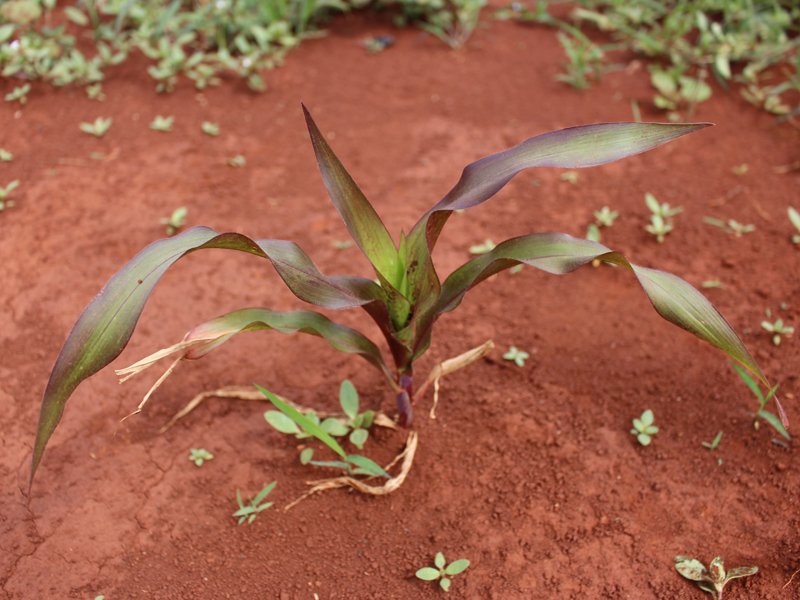
Plants can’t do without phosphorus. But there is often a ‘withdrawal limit’ on how much phosphorus they can get from the soil. That’s because phosphorus in soils is often in forms that plants can’t take up. That affects how healthy and productive the plants can be.


